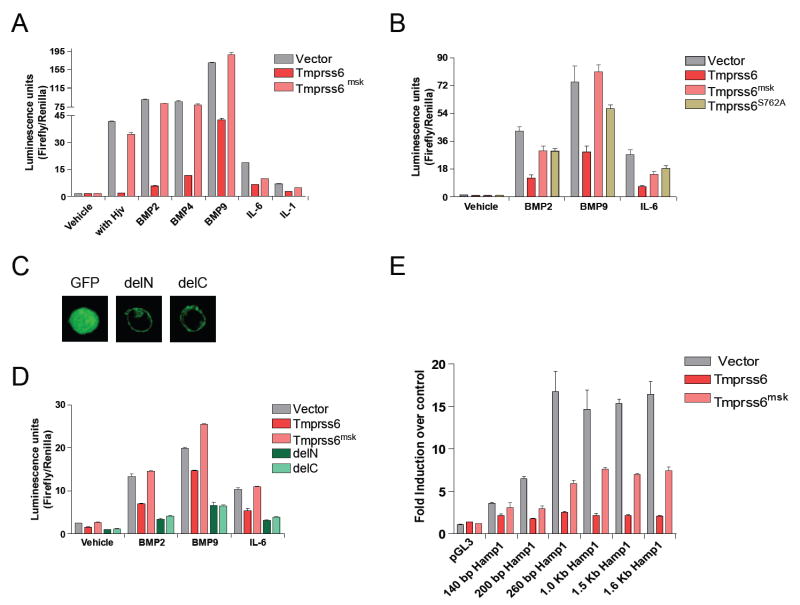Fig. 4. Effect of WT or mask mutant TMPRSS6 expression on Hamp promoter responses.
HepG2 cells were transfected with a full-length Hamp promoter reporter construct in all experiments shown in A-D, and with a normalizing renilla luciferase construct. Tmprss6, full length construct encoding the native protein. Tmprss6msk, the truncated mutant sequence expressed by mask mice. Tmprss6S762A, protease-dead Tmprss6 mutant. delN, GFP cytoplasmic domain, TMPRSS6 transmembrane and ectodomain. delC, GFP ectodomain and TMPRSS6 transmembrane and cytoplasmic domains. A. The effect of Tmprss6 and Tmprss6msk on Hamp promoter activity in cells cotransfected with a hemojuvelin-encoding vector or stimulated with BMP2, BMP4, BMP9, IL-6, or IL-1α. B. Comparison of the Hamp promoter-suppressing effects of Tmprss6, Tmprss6msk, and Tmprss6S762A in cells subjected to the stimuli indicated. C. Localization of delN and delC constructs in HepG2 cells by confocal fluorescence microscopy. D. Comparison of the Hamp promoter-suppressing effects of Tmprss6, Tmprss6msk, delN and delC constructs in cells subjected to the stimuli indicated. E. Response of Hamp promoter deletion constructs to induction by IL-6 (length indicated with respect to the cap site), and the relative suppression of responses by co-transfection with Tmprss6 or Tmprss6msk constructs. In all experiments (A-E), duplicate transfections were performed. Incubations with cytokines were performed for 16 hours before luminescence was read to estimate hepcidin promoter activity. Error bars indicate 1 SEM.

